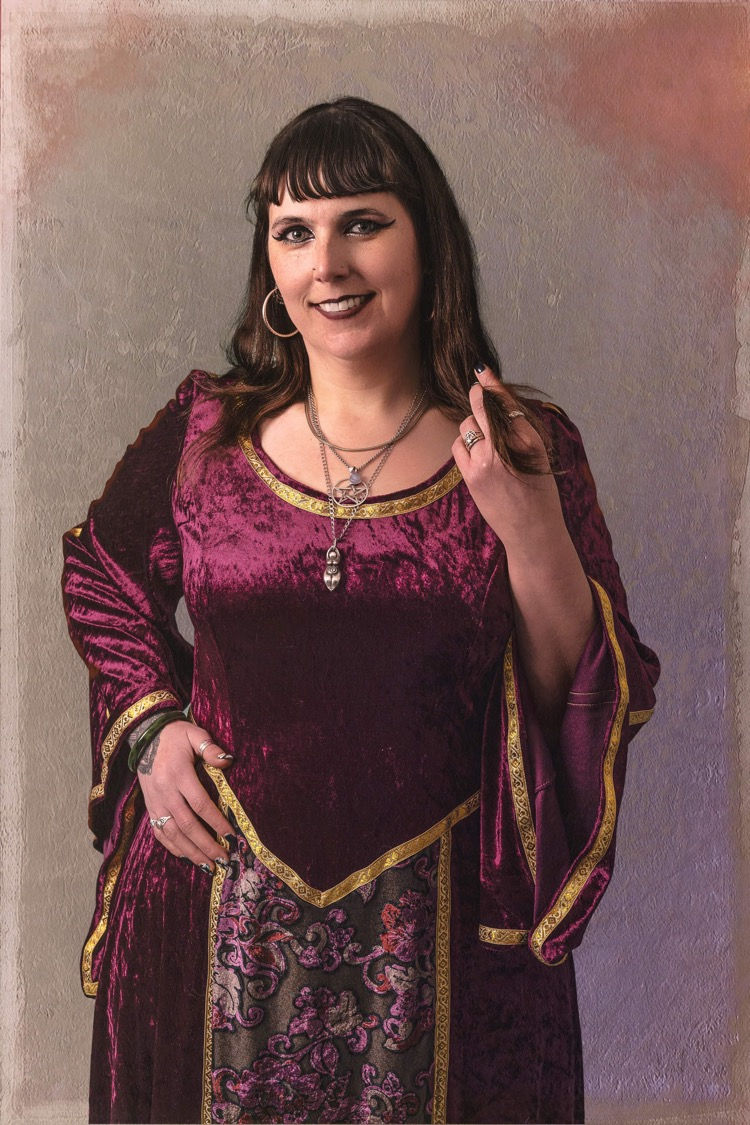Spring Equinox
- Gwyn Kipling

- Mar 31, 2023
- 2 min read
Updated: Apr 5, 2023
by Quinn Green
This year, the spring equinox was on 20th March astronomically.
Solstices and equinoxes are marked annually by the rotation of the Earth on its axis in relation to the sun. The spring equinox usually marks the first day of spring and thus is celebrated by pagans and witches alike.
Our ancestors from around the world celebrated the spring equinox in a variety of ways. The Babylonian calendar began with the first full moon after the equinox and marked the return of the goddess Inanna (later known as Ishtar) from the underworld.
In Norse paganism, the Dísablót was celebrated on the equinox. This was a celebration of female spirits or deities called the Dísir, and the Valkyries.

In modern times pagans, it is mainly Wiccans - and some witches - who celebrate the spring equinox as a festival called Ostara, taken from a goddess called Ēostre. Ēostre is considered to be a West Germanic spring goddess and the Germanic month of April bears the same name. The only real recorded evidence we have about Ēostre is by Bede in his 8th century work ‘The Reckoning of Time’ where he says that during Eosturmonath (Ēosturmōnaþ), which is the equivalent of April, Anglo Saxon pagans had feasts to honour and celebrate Ēostre but the tradition had died out by his time and been replaced with the Christian ‘Paschal month’ celebrating the resurrection of Jesus.
There is evidence of other Indo-European and Germanic dawn or spring goddesses which may give a link to Ēostre. It has been a long debated on whether Bede made up this goddess and there is no real evidence to link Ēostre to Easter eggs. The earliest evidence for the Easter hare was recorded in south-West Germany in 1678 - probably thanks to an age-old tradition where hares must have been thought to be birds and thus laid eggs. Eventually over time, the German people travelled the world and brought with them their traditions, and thus the Easter bunny was created with the boom of commercialisation triggering Easter cards, chocolate and the like. In North-west Europe, English and German folklore made links between Easter and hares. Although there are no direct connections stating that hares are associated with a goddess specifically, it makes sense to suggest that hares were an important symbol to our ancestors.
Whether or not the goddess Ēostre was ever worshipped by the Anglo Saxons is still debated today and may or may not be true but there are certainly separate threads that have similarities among them. A lot of what is said about Ostara and its connection to Easter’s traditions in order to make them seem more ancient and pagan is not necessarily true and may be more of a modern invention.
But the name Ostara? A modern concept and our ancestors never called it that. Sadly if they did have a name for this holiday, it is lost to time.




Comments